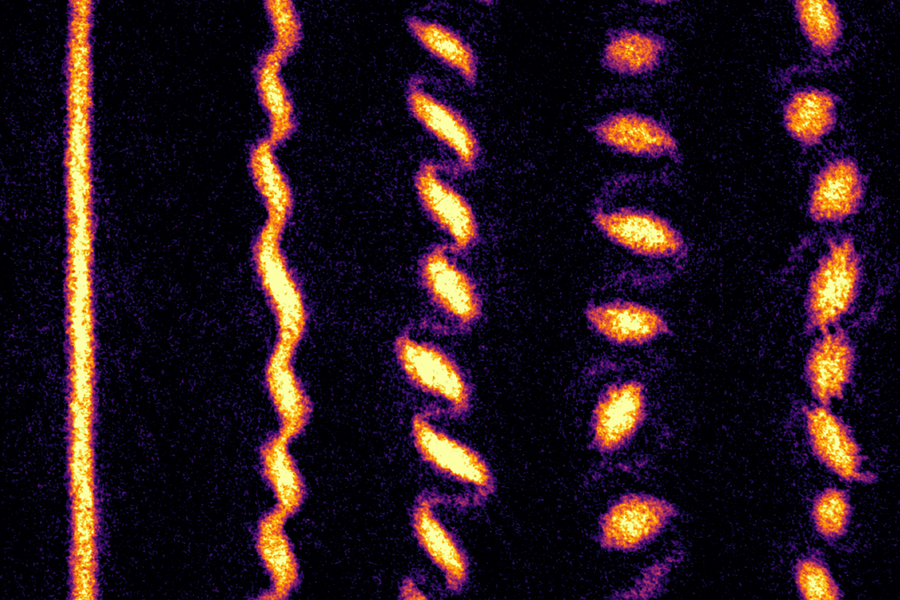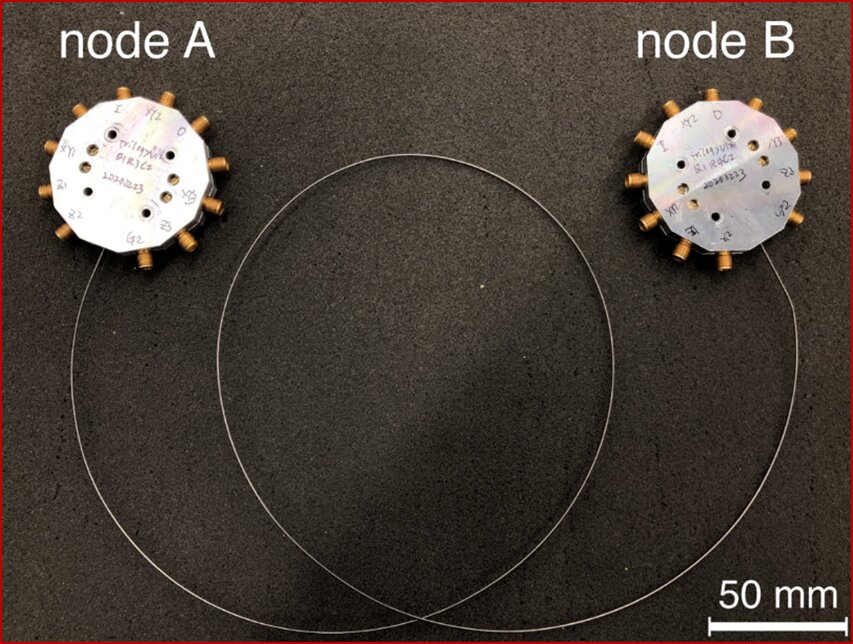MIT physicists have directly observed the intersection of interactions and quantum mechanics in rotating ultracold atoms, revealing unprecedented quantum behaviors. This groundbreaking study, published in Nature, demonstrates how quantum effects emerge when classical physics is suppressed.
The research team cooled sodium atoms to near absolute zero and set them spinning at approximately 100 rotations per second. Initially, the round cloud of atoms transformed into an extremely thin, needle-like structure. When this structure reached what researchers call quantum thinness, something remarkable happened: the needle spontaneously fractured into a crystalline pattern resembling miniature quantum tornadoes.
“This crystallization is driven purely by interactions, and tells us we’re going from the classical world to the quantum world,” explains Richard Fletcher, assistant professor of physics at MIT. The experiment provides the first direct, in-situ documentation of a rapidly-rotating quantum gas’s evolution.
Martin Zwierlein, the Thomas A. Frank Professor of Physics at MIT, notes that this phenomenon parallels how Earth’s rotation creates large-scale weather patterns. “The Coriolis effect that explains Earth’s rotational effect is similar to the Lorentz force that explains how charged particles behave in a magnetic field,” he states.
The research builds upon previous observations of quantum Hall fluids, which consist of electrons in magnetic fields exhibiting correlated quantum behaviors rather than following classical physics predictions. However, electron movements in magnetic fields are typically too small to observe easily.
To overcome this challenge, Zwierlein’s team used ultracold atoms as stand-ins for electrons. “We thought, let’s get these cold atoms to behave as if they were electrons in a magnetic field, but that we could control precisely,” Zwierlein explains. “Then we can visualize what individual atoms are doing.“
After spinning the million-atom cloud for about 100 milliseconds, they observed its transformation into the needle-like structure. As spinning continued, quantum instability caused the needle to waver, corkscrew, and ultimately fragment into rotating blobs—a quantum crystal formed through the interplay of rotation and atomic forces.
Zwierlein likens this to weather patterns: “This evolution connects to the idea of how a butterfly in China can create a storm here… Here, we have quantum weather.“
Reference: Biswaroop Mukherjee, Airlia Shaffer, Parth B. Patel, Zhenjie Yan, Cedric C. Wilson, Valentin Crépel, Richard J. Fletcher, Martin Zwierlein. Crystallization of bosonic quantum Hall states in a rotating quantum gas. Nature, 2022; 601 (7891): 58 DOI: 10.1038/s41586-021-04170-2


